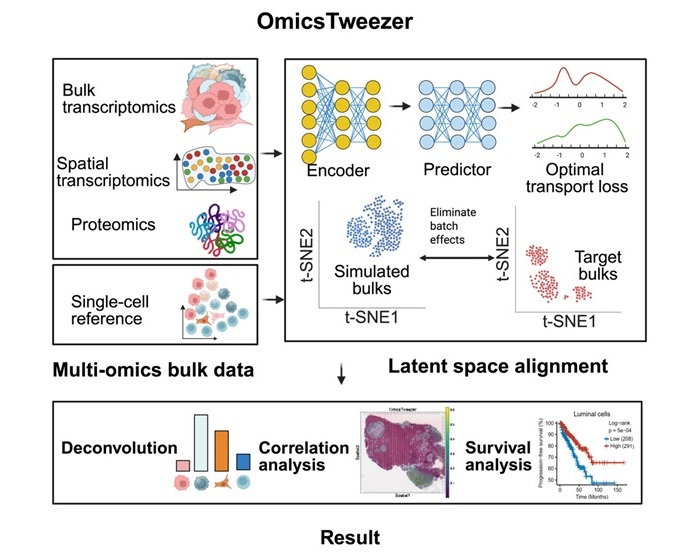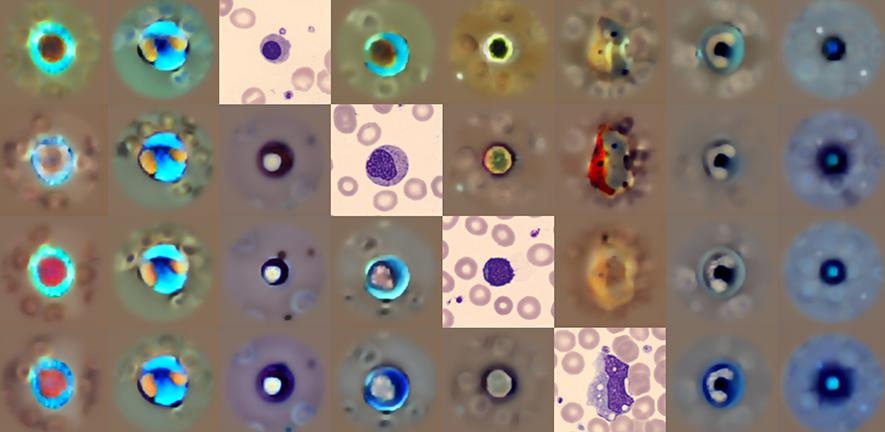Powerful New Tool Improves Tissue Cancer Analysis
Posted on 18 Jul 2025
Studying the mix of cell types in human tissue is crucial for understanding diseases like cancer, but it presents significant challenges in both accuracy and scalability. The tumor microenvironment, composed of diverse cell types, shapes tumor development and impacts patient outcomes. Scientists typically use "bulk data" from tissue samples, which combines signals from many cells, to estimate cell type composition. However, these bulk data often don’t align with data from single cells, due to differences in data collection methods, a problem known as the "batch effect." This discrepancy complicates accurate analysis. Researchers have now developed a new tool that helps overcome these challenges by enabling more reliable estimation of cell type composition in tissue samples.
The tool, named OmicsTweezer, was created by researchers at the Oregon Health & Science University’s Knight Cancer Institute (Portland, OR, USA). It uses advanced machine learning, including deep learning and a method called optimal transport, to align single-cell data with bulk data in a shared digital space. This advanced approach reduces errors caused by batch effects, allowing scientists to more accurately infer the composition of cell types in tissue samples. Unlike traditional tools, which rely on simpler linear models, OmicsTweezer uses a non-linear approach to match patterns between different types of data, providing a clearer and more reliable analysis of tissue composition.

OmicsTweezer was tested using simulated datasets and real tissue samples from prostate and colon cancer patients. The tool successfully identified subtle cell subtypes and estimated changes in cell populations across patient groups. The findings, published in Cell Genomics, suggest that OmicsTweezer could help pinpoint potential therapeutic targets and guide treatment decisions by identifying which cell populations change during disease progression. The researchers now plan to continue refining this tool and its applications to improve cancer research and precision oncology treatments in clinical settings.
“With this tool, we can now estimate the fractions of those populations defined by single-cell data in bulk data from patient groups,” said Zheng Xia, Ph.D., associate professor of biomedical engineering at the OHSU School of Medicine and senior author of the study. “That could help us understand which cell populations are changing during disease progression and guide treatment decisions.”
Related Links:
OSHU's Knight Cancer Institute














